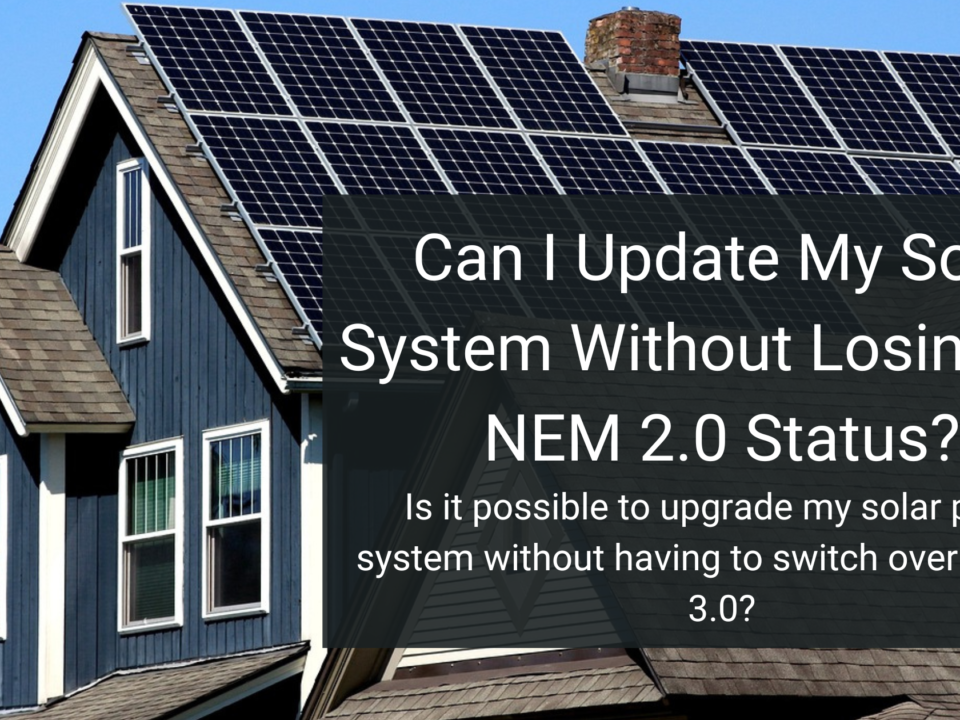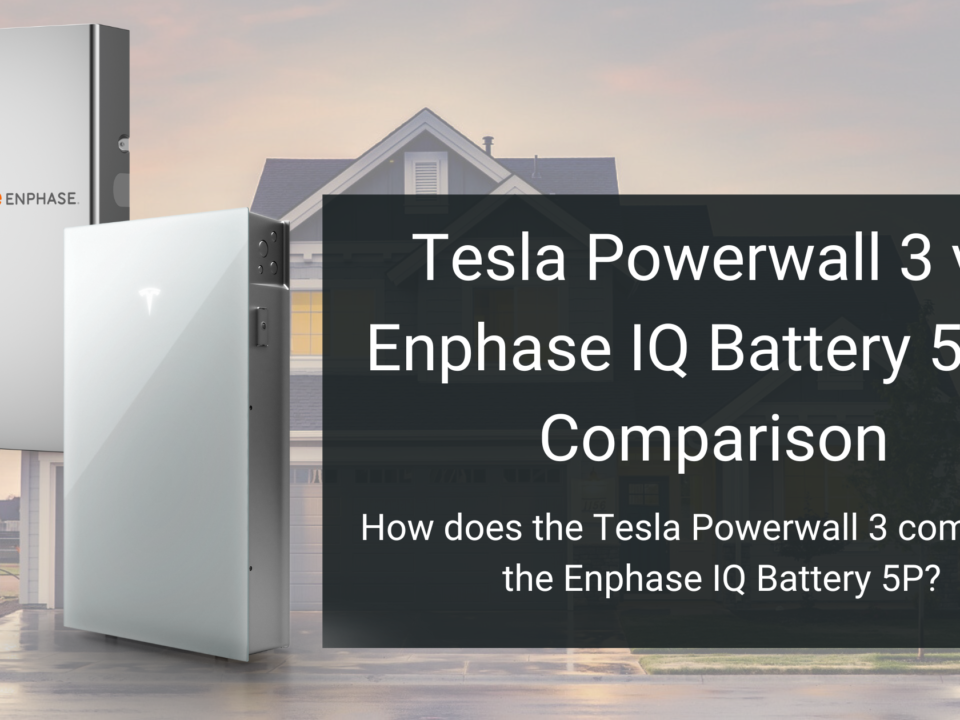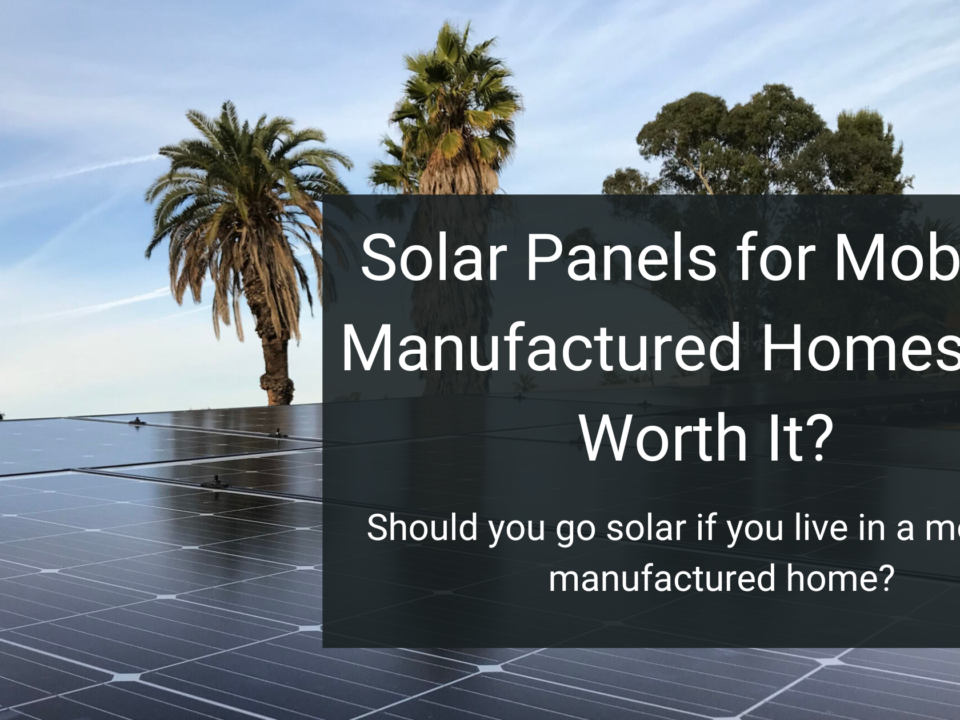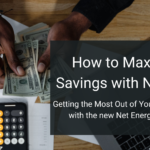
How to Maximize Savings with NEM 3.0
December 14, 2023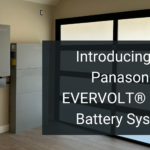
Introducing the Panasonic EVERVOLT® Home Battery System
February 1, 2024Why PV-Plus-Storage is the Future of Solar
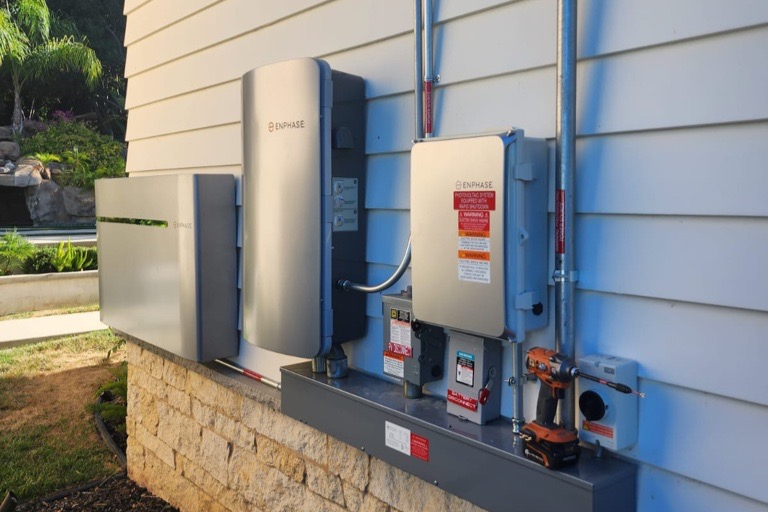
Solar power has long been considered the future of clean, sustainable energy. Installing solar panels has become a popular choice for homeowners and businesses alike for generating electricity that is simultaneously affordable and environmentally friendly. But as the reality of climate change continues to creep ever closer, and with the new NEM 3.0 slashing savings for Californians, the simple question regarding solar power has suddenly shifted back into focus:
What happens when the sun goes down?
For all of their advantages (and there are many), solar panels and their owners are still at the mercy of the sun. You may not get as much power as you’d hoped for on a cloudy winter day when the sun sets before you’ve even left the office. And, of course, you’ll get nothing from your panels until the sun rises again the next morning. So, what is the next step toward truly harnessing the power of the sun?
This is where the concept of PV-plus-storage comes into play. PV-plus-storage refers to pairing your photovoltaic (PV) system with an energy storage system (ESS), more commonly known as a battery. The basic gist of PV-plus-storage: your solar panels produce excess electricity during the day, and batteries allow you to store that power for later use once your panels are no longer producing energy. Going solar has many benefits; pairing solar with a battery magnifies each of these benefits and increases the system’s efficiency, as well as the amount of money you can save.
How Solar Works
Before diving into the details of PV-plus-storage, let’s take a quick look at how solar energy works. Electricity is generated by solar panels whenever the sun is shining by converting sunlight to electricity. Panels are made up of photovoltaic (PV) cells, which absorb sunlight and convert it directly to direct current (DC) electricity. DC power is then converted to AC power via an inverter, which is then able to power your home.
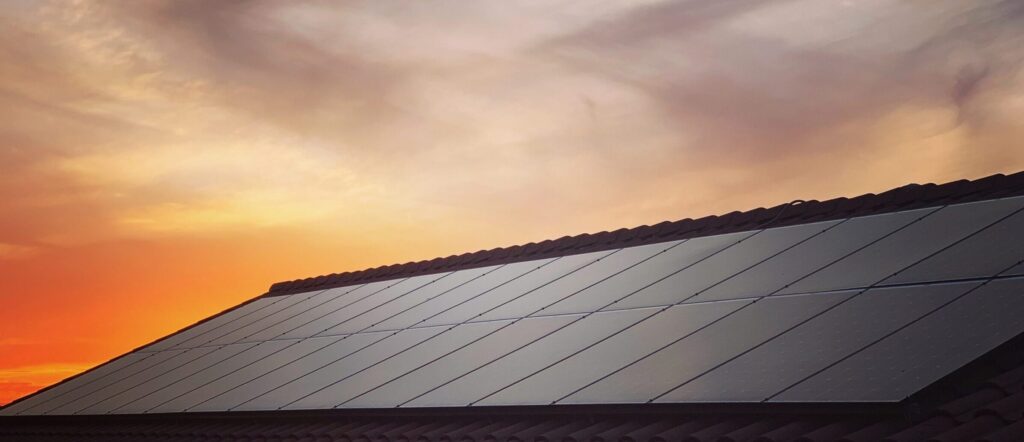
Solar power is therefore especially useful and can fully power your home during parts of the day when the sun is highest in the sky. However, this is a limited window. Once the sun goes down, solar panels stop supplying power to your home. Solar systems often overproduce during the day, but without any way to harness this excess power, you’re left depending on the grid at night. This is where pairing your solar panels with battery storage can be most beneficial.
How Energy Storage Systems Work
Energy storage systems, known more simply as batteries, are used to store the excess power that your solar panels produce throughout the day for use at a later time. You can then decide when to use that power – save it as backup for an outage, use it strategically in the evenings when utility rates are higher and when your solar panels are no longer generating electricity, or export it back to the grid when buyback rates are highest. Without a battery, any excess power that is generated by your solar system is exported back to the grid, often when buyback rates are at their lowest. In essence, instead of using the extra electricity you’ve generated, you’re selling it back for pennies on the dollar. Despite not creating any energy on their own, energy storage systems still play a vital role in the pursuit of sustainable energy by optimizing energy usage.
Benefits of Solar with Battery Storage
Energy storage systems perfectly complement solar panel systems by making up for their shortcomings. When paired together, solar panels and batteries make for an effective combination that can optimize your energy efficiency and therefore maximize your savings. Here are just some of the many benefits of a PV-plus-storage system:
- Maximum Savings. The economics of PV-plus-storage can be confusing, but if done correctly, you can save a lot of money on your monthly utility bills. NEM 3.0’s varying time-of-use rates, plus differences in rates during peak and off-peak hours, mean that the value of your electricity fluctuates throughout the day. Utilizing your battery to store, consume, or export your power gives you the flexibility to make the most of your energy, and save money in the process. Use stored power strategically, preventing excess power from going to waste and even selling it back to the grid for credits during high buyback periods.
- Backup Power. With a battery, you can ensure uninterrupted power during outages, providing a seamless experience and keeping the lights on as if nothing happened. You’ll never have to worry about the power going out in your neighborhood again.
- Grid Independence. When you’re able to generate and store your own power, you become virtually independent from the power grid. Generate your own power and break free from the uncertainty of rising utility rates, achieving greater independence.
- Monitoring and Control. Advanced monitoring systems as part of energy storage allow real-time tracking of power generation and consumption, offering greater control over energy usage.
- Reduced Carbon Footprint. Simply put, being more efficient with your solar energy means you’re less reliant on the grid for power. Ultimately, this means that pairing a battery with your solar system is good for both your wallet and the environment.
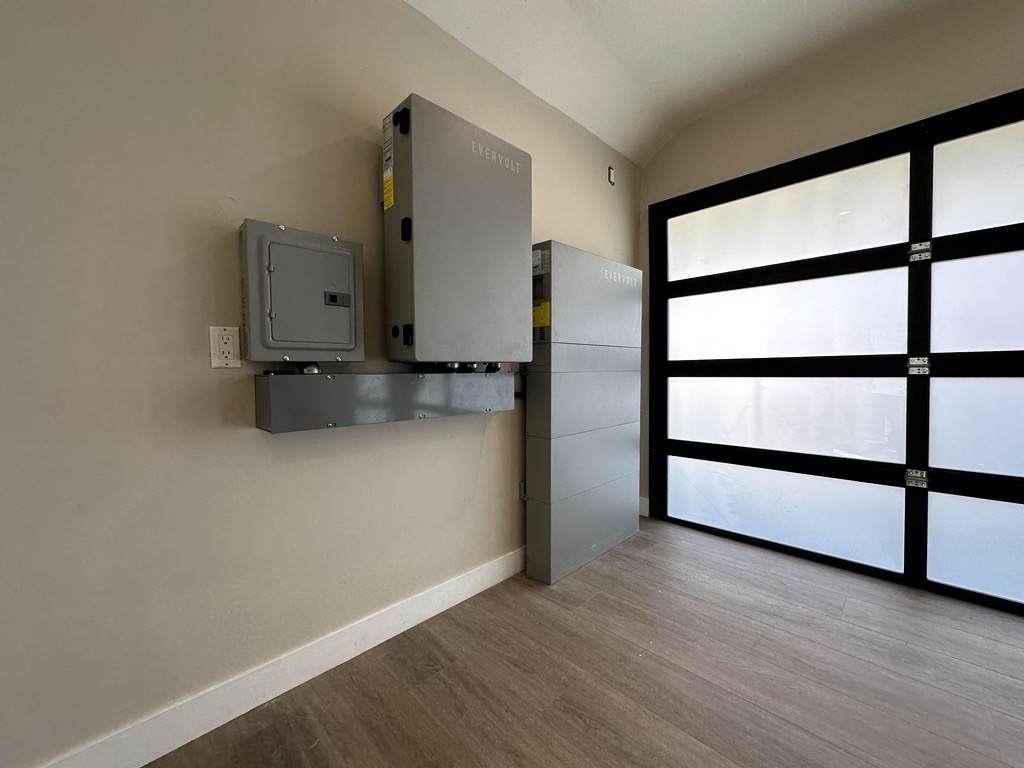
Solar Discovery did the first ever installation of the new Panasonic EVERVOLT® home battery system in the United States.
How NEM 3.0 Plays a Part
Net Energy Metering, or NEM, is a billing system designed to promote the adoption of renewable energy. This system offers credits for surplus energy to homeowners and businesses alike to make the switch to solar power. The newest version, NEM 3.0, is simultaneously less lucrative and a bit more complex than its predecessor, meaning that reaping the benefits of a solar panel system requires a bit more effort than it did in the past. Some of the key changes from NEM 2.0 to NEM 3.0 include:
- Reduction in Credit. Significantly lower compensation rates mean homeowners earn roughly 75% less in credits than they earned under NEM 2.0
- Avoided Cost Rates. Compensation is based on specific avoided energy costs during different hours, days, and months, resulting in varied credit values.
- Time-of-Use (TOU) Rates. Electricity costs vary based on peak and off-peak consumption periods. This means that electricity will cost significantly more during evening peak hours.
NEM 3.0’s changes in export rates and compensation structures highlight the need for a more dynamic approach to solar energy in which the homeowner has more control over their power. PV-plus-storage has emerged as a strategic solution which offers people the ability to optimize their energy usage, maximize savings, and better navigate the ever-changing landscape of solar economics.
Can I Add a Battery to an Existing Solar System?
You may already have a solar system installed, but don’t have it paired with a battery. Is it possible to add energy storage to an existing solar system? In short, the answer is yes. While it’s optimal to have them installed together at the same time, it’s still possible to add a battery onto an existing solar panel system at a later date. In addition to the increased performance and savings of your system, adding energy storage also allows you to apply for a rebate under the Self-Generation Incentive Program. This program provides people with rebates for installing batteries in their home. Anyone who installs a battery in California may be eligible for a rebate.
PV-Plus-Storage with Solar Discovery
Solar Discovery is an all-in-one solution, offering solar, roofing, batteries, and other services. Whether you’re looking for a full solar-plus-storage system or just want to add storage to your existing solar system, Solar Discovery can handle all of your energy needs. Get in touch with us to learn more about how we can get you started on your journey toward clean, affordable energy.


